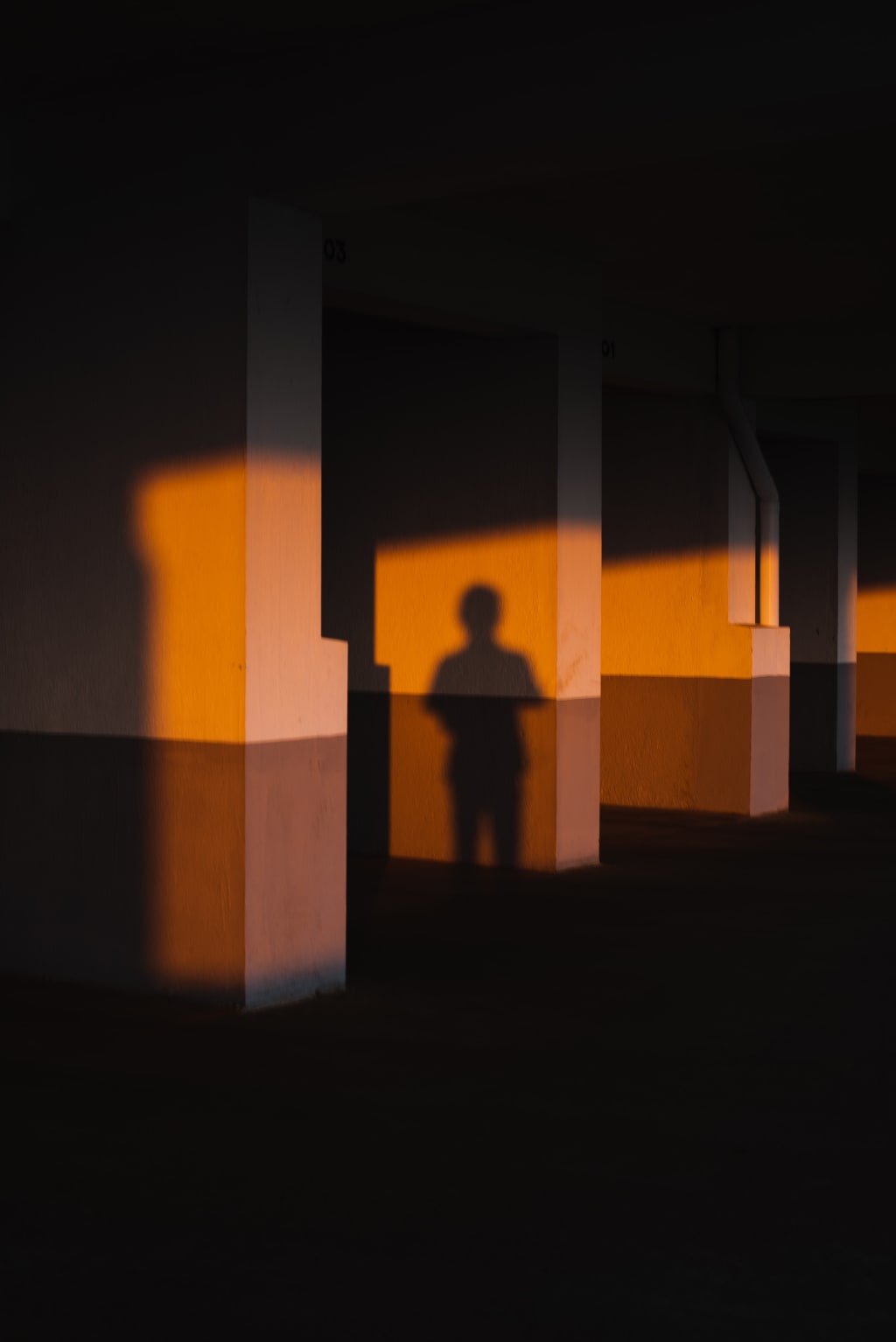The Nobel Prize was wrong? It was just announced last year, and it was questioned this year. Where is the basis?
The Nobel Prize was wrong? Where is it based?

In October 2020, the annual Nobel Prize was announced, half of which was awarded to Roger Penrose in physics, and the other half was split equally between Reinhard Genzel and Andrea Getz. The reason for the award of the two scientists is the discovery of the supermassive black hole at the center of the Milky Way.
You might be wondering: aren't black holes invisible? How did scientists discover it?
indeed so. A black hole can devour all the light around it, making it impossible for us to observe it directly. Although direct observation will not work, we can still find black holes in the universe indirectly. For example, when a black hole is swallowing, it will form a bright accretion disk around itself, or we will see a star's material inexplicably pulled into a nearby dark area and disappear, or a star surrounds a dark celestial body. Do weird revolutions...
The supermassive black hole at the center of the Milky Way, Sagittarius A*, was discovered in this way. In the chaotic galactic center, scientists found that some of the stars in it have very extreme orbits, and speculated that one of them may have a very large mass. celestial bodies, and the density is also very high. Scientists made such a guess after considering that supermassive black holes are commonly found in the centers of other galaxies in the universe. It is estimated that the mass of Sagittarius A* is about 4 million times that of the Sun.
Nobel Prize scientists believe that such a discovery is of great significance to our understanding of the Milky Way and supermassive black holes, so the Nobel Prize was awarded to two outstanding scientists.
Generally speaking, the organizing committee of the Nobel Prize is always very cautious, and many discoveries are not awarded until years or even decades of research are confirmed. Even for a great scientist like Einstein, the reason for the award is not the general theory of relativity that will take years to prove.
The embarrassing thing is that, despite the utmost prudence, the Nobel Prize will still face the crisis and embarrassment of an own goal. Just less than a year after Genzel and Gates won the Nobel Prize, some people have raised questions: What if the hidden center of the Milky Way is not a black hole?
First, let's look at the current evidence that it exists.
As we said above, the main evidence for speculating on the existence of this black hole is the law of the surrounding celestial bodies, and one of them, a star named S2, is particularly special. This is a star walking on a knife's edge, very close to Sagittarius A*, with an orbital period of only 16 years. Because the distance is too close and the gravitational force is too strong, the orbit of S2 has become very extreme, the eccentricity is extremely high, and even the revolution speed has reached the relativistic speed. It is an excellent object for scientists to verify the general theory of relativity, so it has attracted much attention.
However, the appearance of another celestial body complicates the problem.
The object has been named G2, and its true identity is still in doubt. Likewise, it has a very long elliptical orbit. In 2014, when it came closest to the center of the Milky Way, scientists observed a very strange phenomenon: G2 was first pulled very long from its normal shape, and then it returned to its original shape.
Analysis by astrophysicist Eduar Antonio Becerra-Vergara of the International Center for Relativistic Astrophysics and his team found that this phenomenon is completely different from the black hole model. According to a study they did last year, what S2 and G2 can satisfy at the same time should be another model.
They believe that a type of dark matter fermions they named "darkninos" may be able to explain the bizarre behavior of the two celestial bodies at the same time. This dark matter particle is very light and very difficult to collapse into a black hole. But even if they don't become black holes, they can still clump together into a dense body, hidden in the center of the Milky Way, and also enveloped in the surrounding interstellar gas.
In short, the compact celestial body in this model behaves almost exactly like a supermassive black hole, but it can explain the operation rules of the above two different celestial bodies.
Of course, just being able to describe these two objects is not enough, because there are so many objects at the center of the Milky Way. So, the researchers then took 17 stars in the region with similar extreme operating patterns for verification and plugged them into the model. Surprisingly, these stars also perfectly test the theory.
This means that, compared with supermassive black holes, such dark matter clusters can better explain the laws of celestial bodies at the center of the Milky Way.
On the other hand, dark matter is also more mysterious than black holes. We've always talked about dark matter, but still little is known about its nature. We only know that dark matter can provide gravity, which can be proved by the laws of motion of celestial bodies in galaxies, the gravitational lensing effect we have observed, and other phenomena. They are dispersed in the galaxy, binding the celestial bodies in the galaxy together, so as not to fall into a puddle of scattered sand.
Able to provide gravity, but not directly observed, the performance of dark matter is indeed very similar to black holes. The research team pointed out that this is also an important reason why we are easy to confuse the two. Some scientists even believe that the essence of dark matter is the countless primitive black holes hidden in the universe. According to the analysis of the scientists in this study, dark matter can indeed form huge clumps similar to black holes.
However, they don't think dark matter clumps and black holes are the same. They believe that the center of the Milky Way is a dark matter cluster; and those active galactic nuclei in the universe, such as M87*, which was photographed by humans, are normal supermassive black holes. If so, a mystery that has puzzled scientists for a long time may be solved: why the "black hole" at the center of the Milky Way is not as active as some galaxies.
So, isn't there any relationship between the two?
Neither is it. The researchers pointed out that if the mass of dark matter is large enough, it will still collapse into a black hole, but its critical value is not the same as that of ordinary matter. This theory can also explain another mystery, that of the formation of supermassive black holes. These objects formed early in the universe, growing in mass much faster than theoretical. Normal accretion of matter is completely insufficient to explain such an astonishing rate, and the collapse of dark matter clusters may be the truth.
In this way, the theory is indeed interesting, and there is some evidence to support it. If it does, the 2020 Nobel Prize in Physics will be embarrassing.
However, this research has not yet been fully confirmed, and this is not the first time the identity of black holes has been questioned. Scientists need more observational data to validate these models. No matter which theories are eventually overturned, even if the Nobel Prize is really an oolong, at least it is not bad news for all mankind, which means that we are closer to the truth.
About the Creator
sayre laylah
Tired of monotonous climbing moves, but every step is close to the top
Enjoyed the story? Support the Creator.
Subscribe for free to receive all their stories in your feed. You could also pledge your support or give them a one-off tip, letting them know you appreciate their work.






Comments
There are no comments for this story
Be the first to respond and start the conversation.